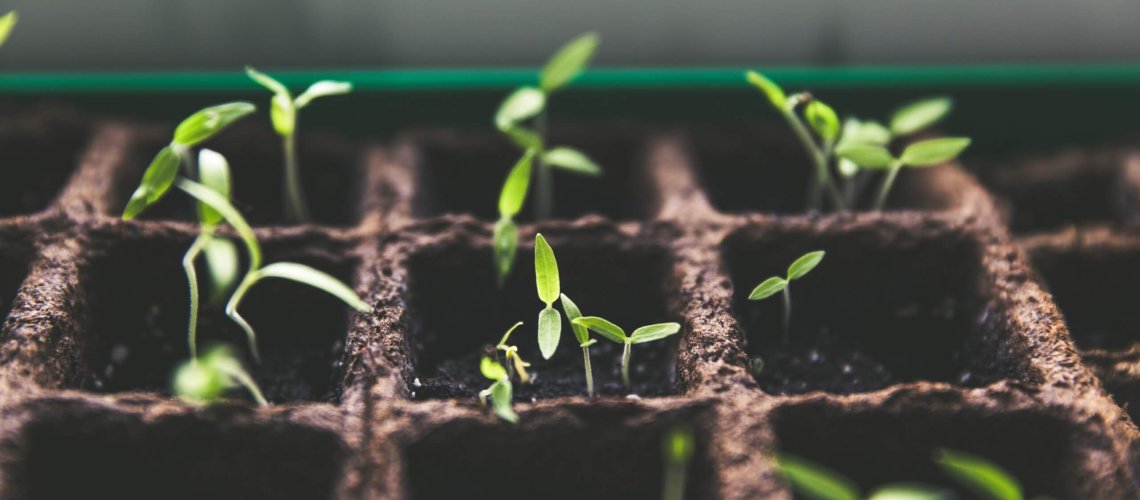Herbs are the friend of the physician and the pride of cooks. – Charlemagne
Herbs are used to flavour food, promote health, discourage bad insects and attract good insects, and to be companions for some of your vegetables. The leaves of herbs may be used fresh, or dried to be used in the winter months. Check your favourite recipes to determine which herbs you want to grow.
Herbs are a staple of cooking. All it takes is a few cleverly added herbs to create fine dining.
You can easily start from seeds in 2×2-inch containers using a potting soil mix and some compost. Or you can buy seedlings at a market garden. Herbs grow well in any soil, including poor soil. Plant in a sunny area.
When the seedlings grow to about 6 inches tall, transplant them into 6 or 8-inch pots. Pinch off the top to grow a bushier plant.
Herbs in Zone 3 may be classified as follows:
- Perennials that grow in Zone 3: chives and horseradish
- Perennials that do not overwinter in Zone 3, grown as annuals in your garden or as perennials in containers to be taken in into your home or greenhouse during the winter: marjoram, oregano, rosemary, sage, tarragon, and thyme
- Bi-annuals: parsley for example produces seeds in its second year and then dies off.
- Annuals: basil, dill, garlic, and all perennials that do not overwinter in Zone 3.
Plant perennials that can not survive a Zone 3 climate in containers. Bring the containers in before the first frost. With enough light and water, they will grow and provide you with herbs over the winter.
It is quite possible that you will also bring in some pests such as spider mites, aphids, whiteflies, mealy bugs, or others. Control starts with a daily inspection. Control is easier when there are few pests. Two organic insecticides may be used to kill off an infestation, neem oil, or permethrin. Each has some negative effects on humans, so follow the instructions on the label. Start by placing the plant in a plastic bag, spray it into the bag, then close the bag off. This keeps the spray in close contact with the plant for a long time.
Follow these few suggestions regarding specific herbs.
Basil must be kept moist or it will die. It is also very frost sensitive, so take it in before a frost.
Chives are harvested by snipping off what is needed for the meal. One large clump of chives is enough for even the largest family.
Dill is an annual and will self-seed all over your garden. Use the green fronds, the flowers, and the seeds.
Garlic is a cooking staple. Plant cloves in the fall and harvest in late summer.
Parsley is a biannual; in the second year, it produces seeds. Harvest the leaves until it begins to produce seeds.
Rosemary’s spruce-like needles go well with chicken, fish, and bread.
Sage is used in poultry dressing.
Thyme is used in Italian cooking.
The leaves of herbs can be used fresh or dried. There are a number of ways to preserve your excess herbs.
- Dry the leaves:
- Pick the leaves when they are dry, preferably in the early morning
- Hang the plant, stem and all, in a dark area of your house, or dry the leaves in a flat container such as a pie plate or cookie sheet
- When dry shred them in a blender or magic bullet, and store.
- Freeze parsley, cilantro, chives, fennel, and chervil
- Cut the fresh leaves from the stems, shred them, and put them into an ice cube tray. Top up the cubes with water or cooking oil and freeze.
- To use, simply add one or more cubes to a recipe.
The best way to grow herbs you use the most is in containers. The rest, grow in your garden and dry or freeze the excess.

Recent Comments